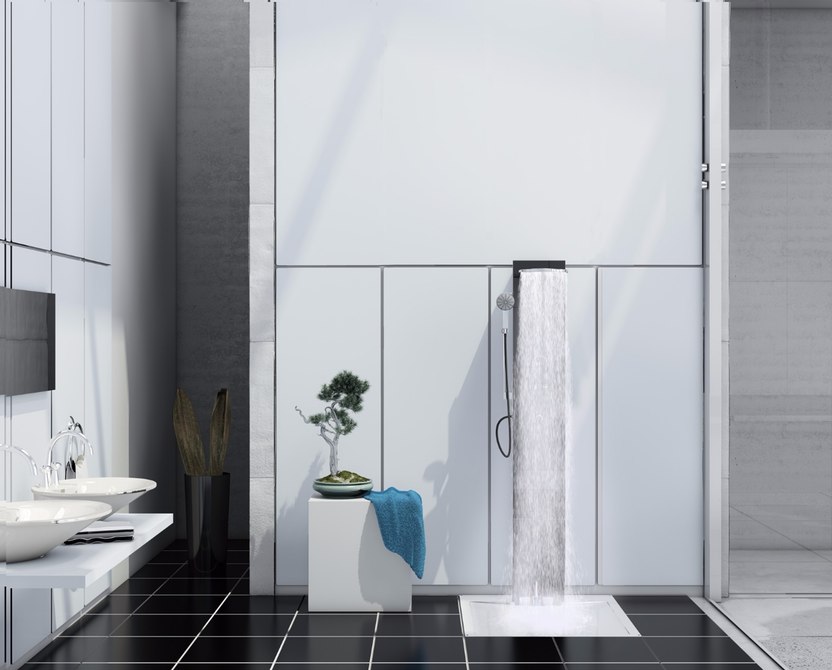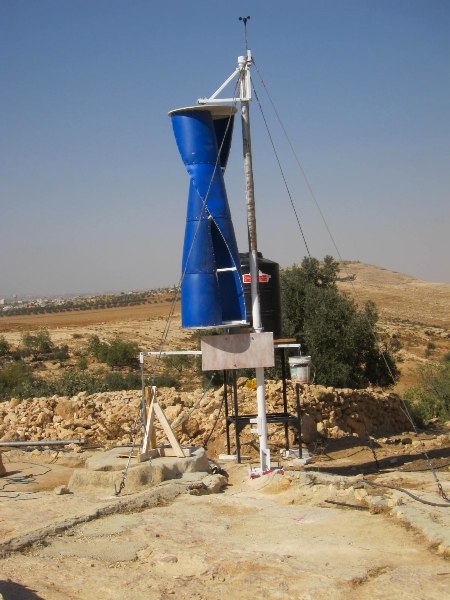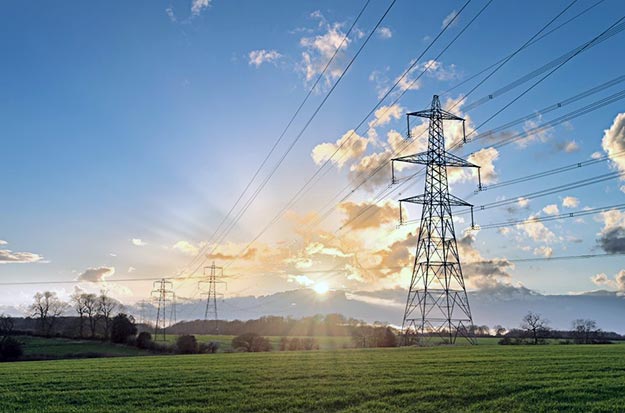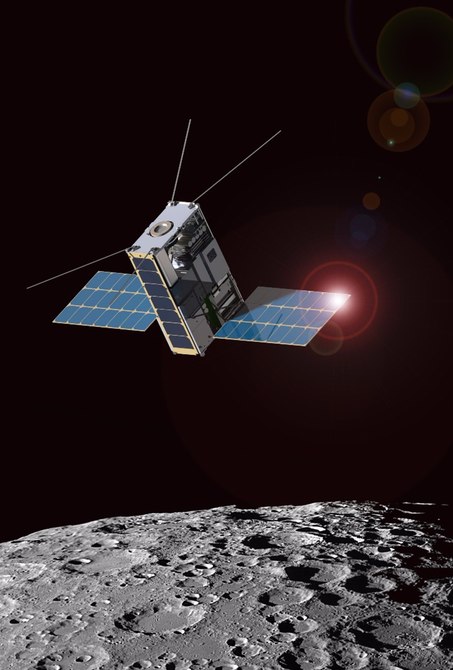We place high demands on the quality of our drinking water. If pathogens or toxic substances found their way into the piping system, many people could become infected or injured very quickly. That’s why this risk must be kept low. To do this, experts have developed technologies for a comprehensive monitoring, early warning and emergency management system.
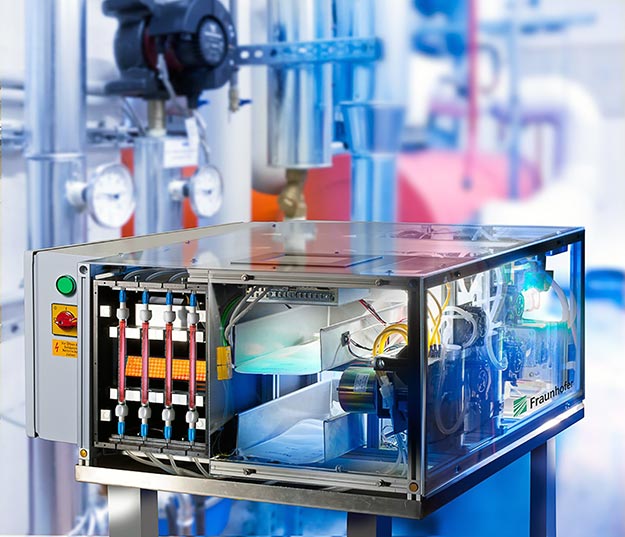 Drinking water is indispensable for every human being. Public works and water utilities must not only protect the supply system from impurities, but also from possible manipulation. Every day, they collect probes and analyze drinking water quality in a lab, but such analysis takes time. Preventative methods and tools are needed for continuous monitoring in order to identify contaminations quickly and also catch unexpected toxic substances. Even a few drops could have devastating consequences – toxins that make their way into the water supply reach millions of users within hours. Read more
Drinking water is indispensable for every human being. Public works and water utilities must not only protect the supply system from impurities, but also from possible manipulation. Every day, they collect probes and analyze drinking water quality in a lab, but such analysis takes time. Preventative methods and tools are needed for continuous monitoring in order to identify contaminations quickly and also catch unexpected toxic substances. Even a few drops could have devastating consequences – toxins that make their way into the water supply reach millions of users within hours. Read more







